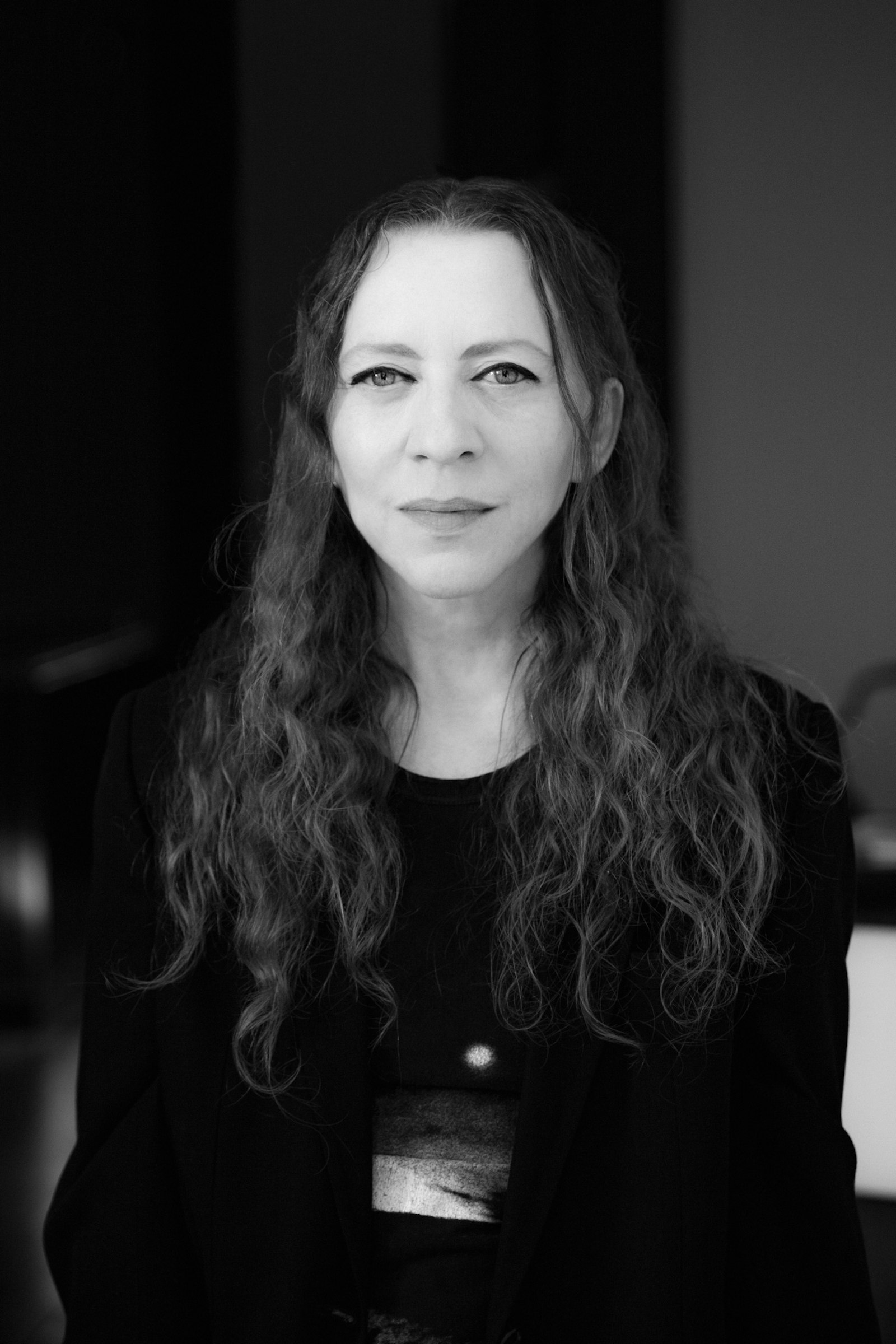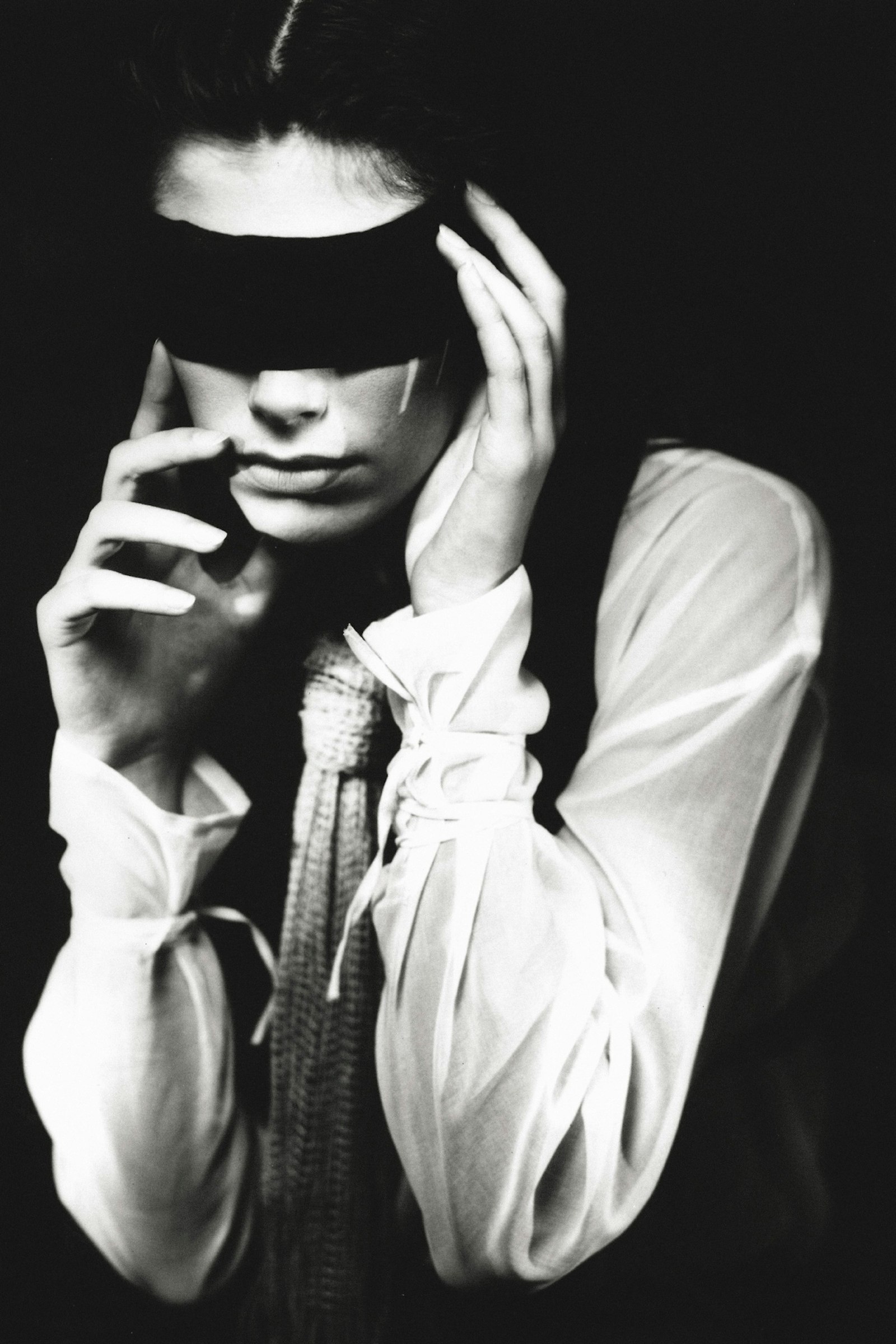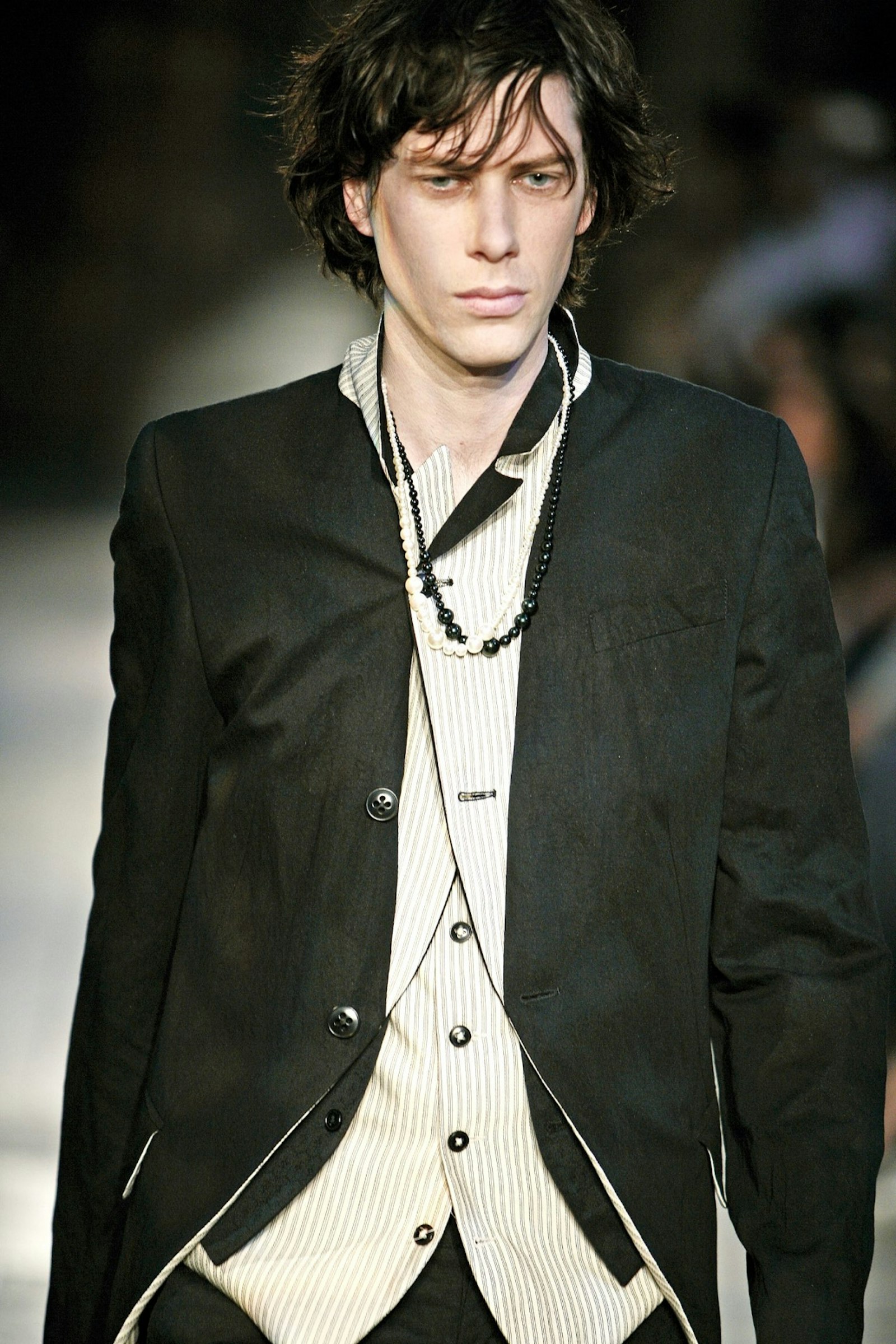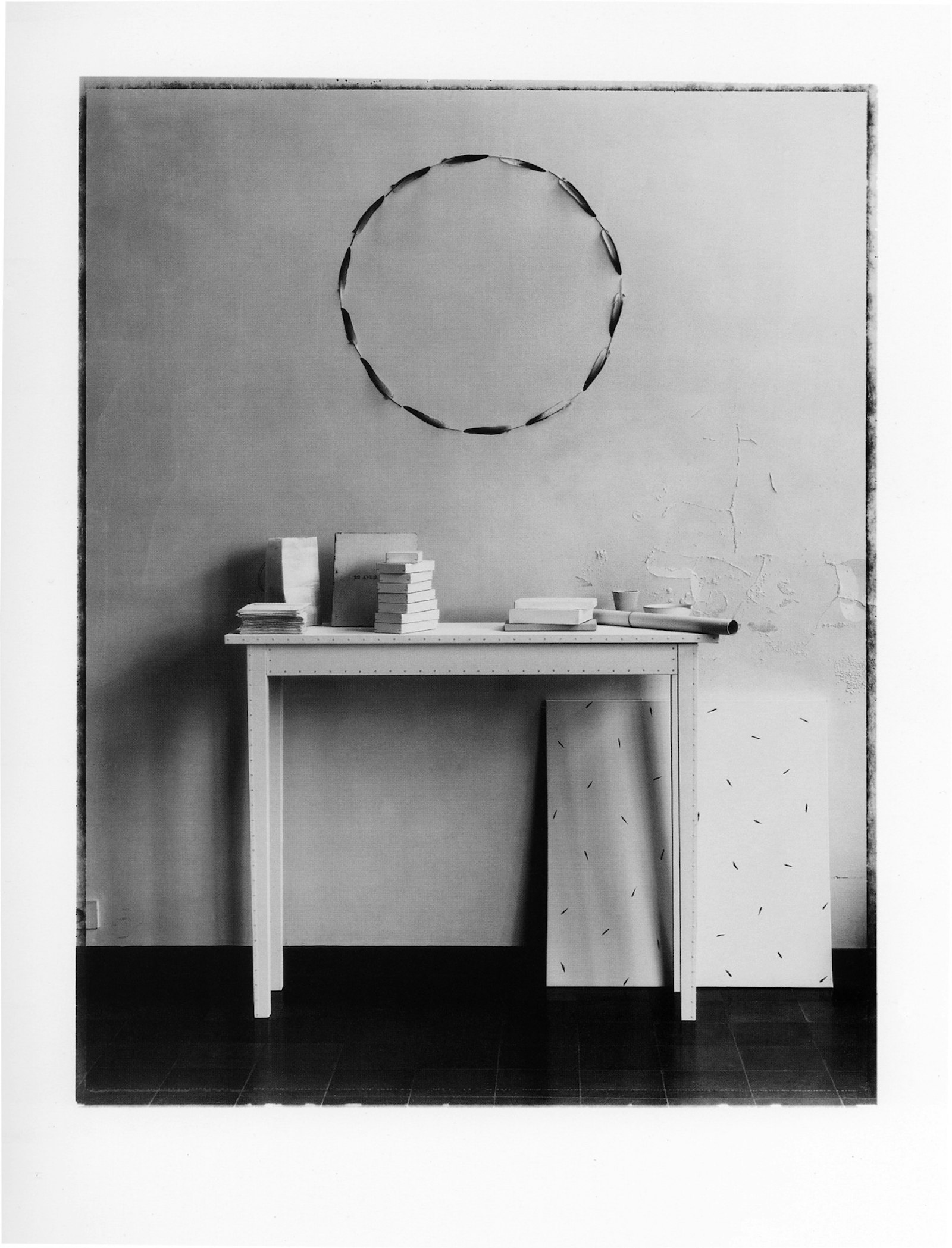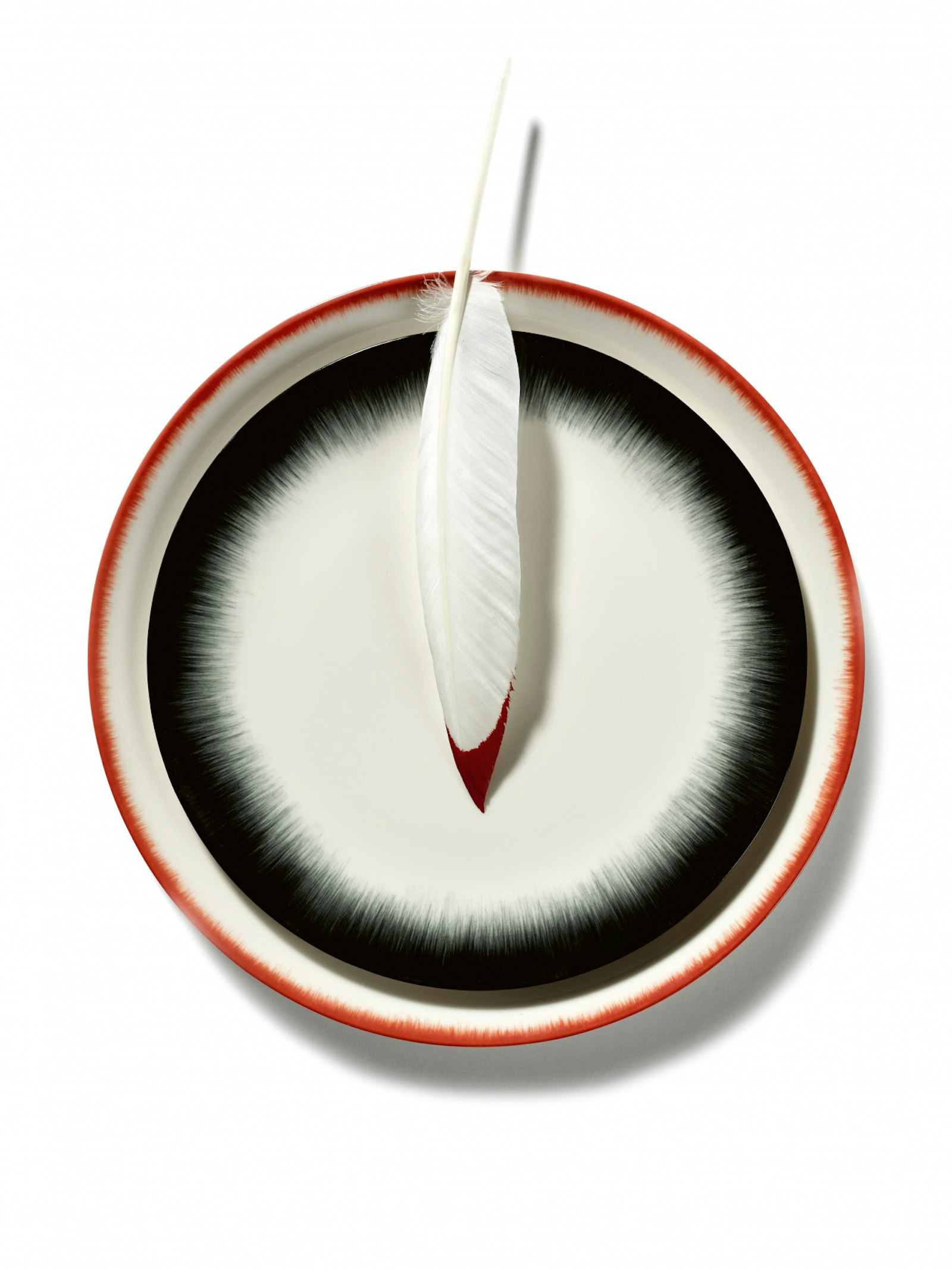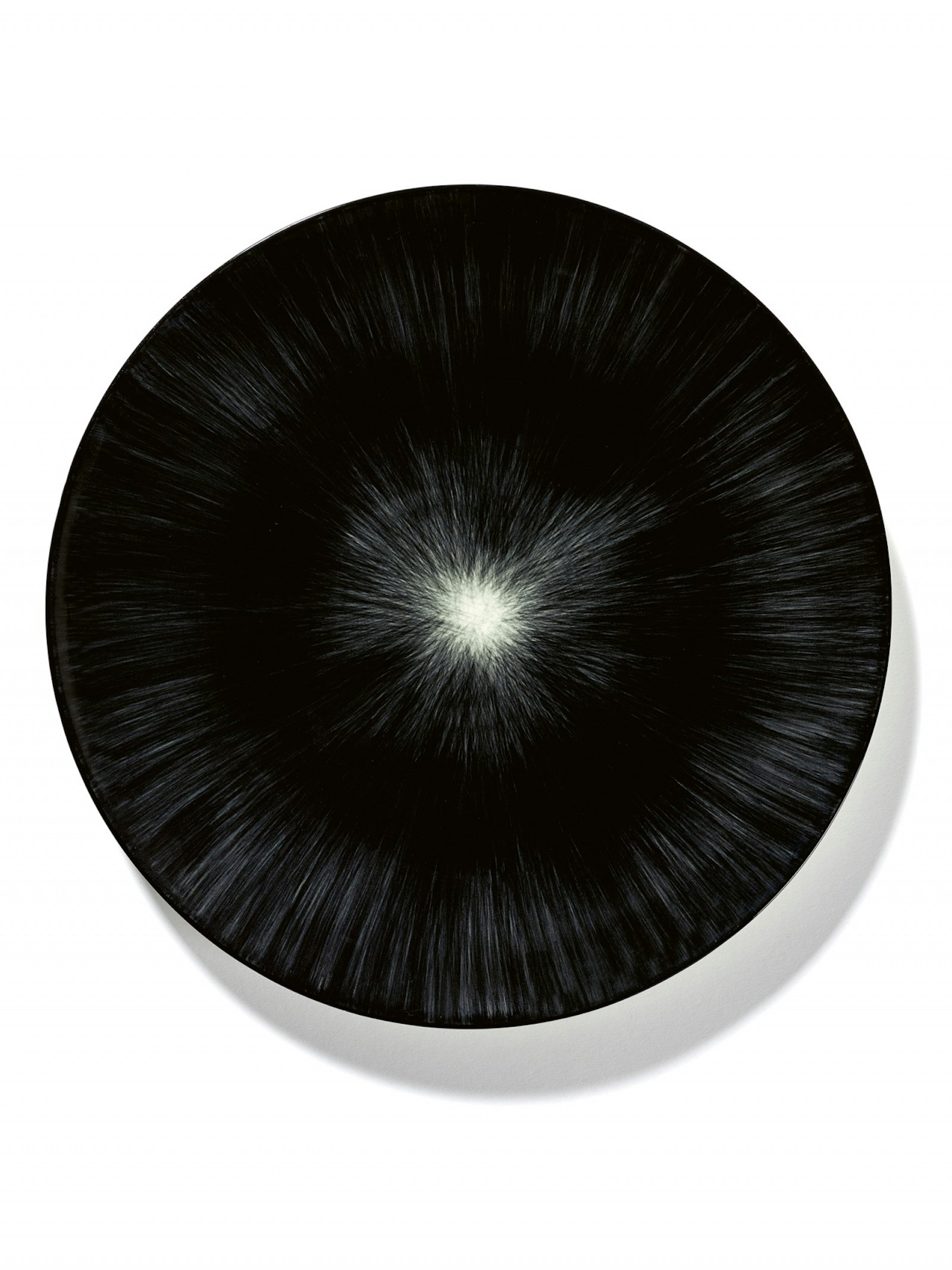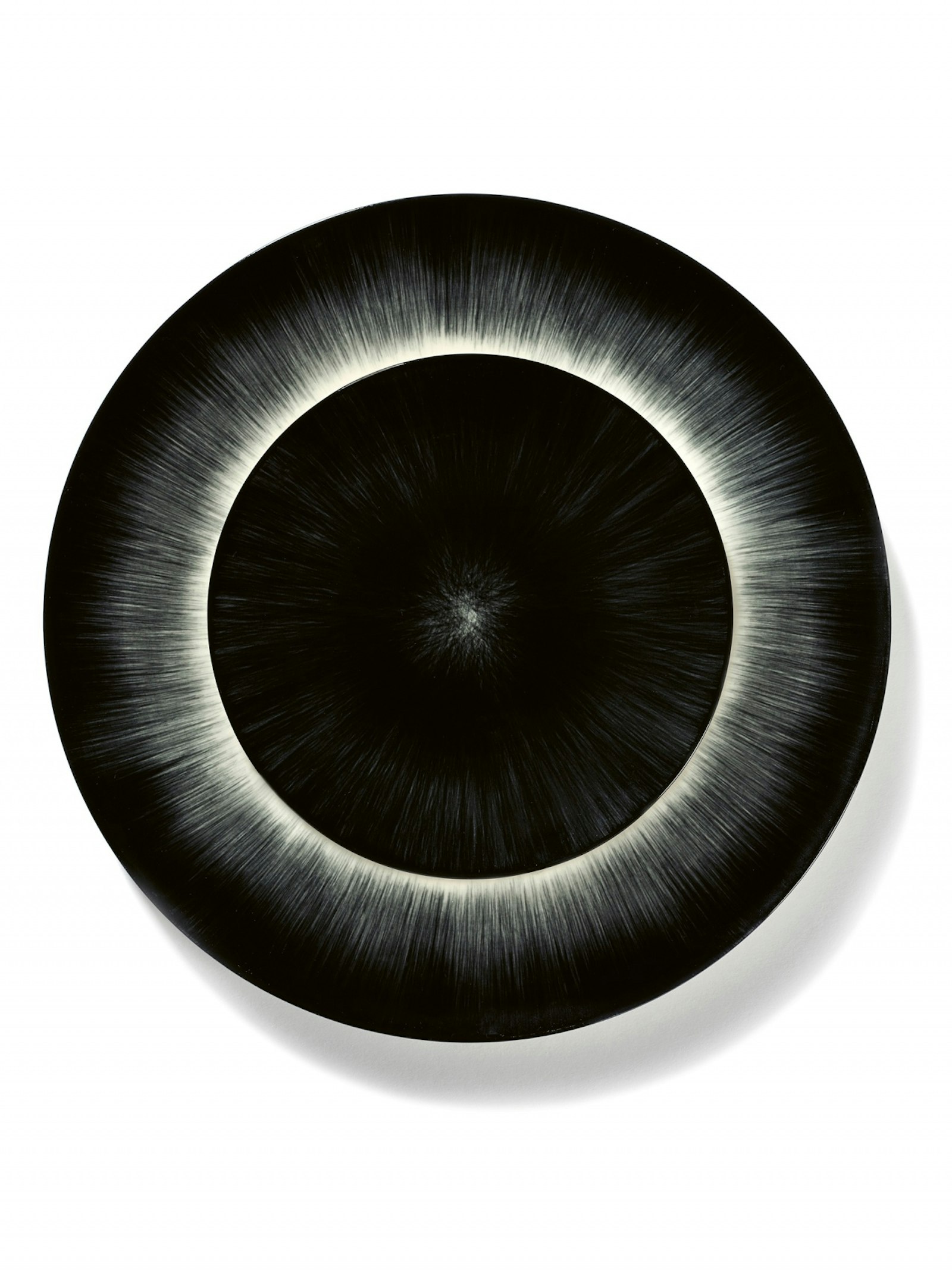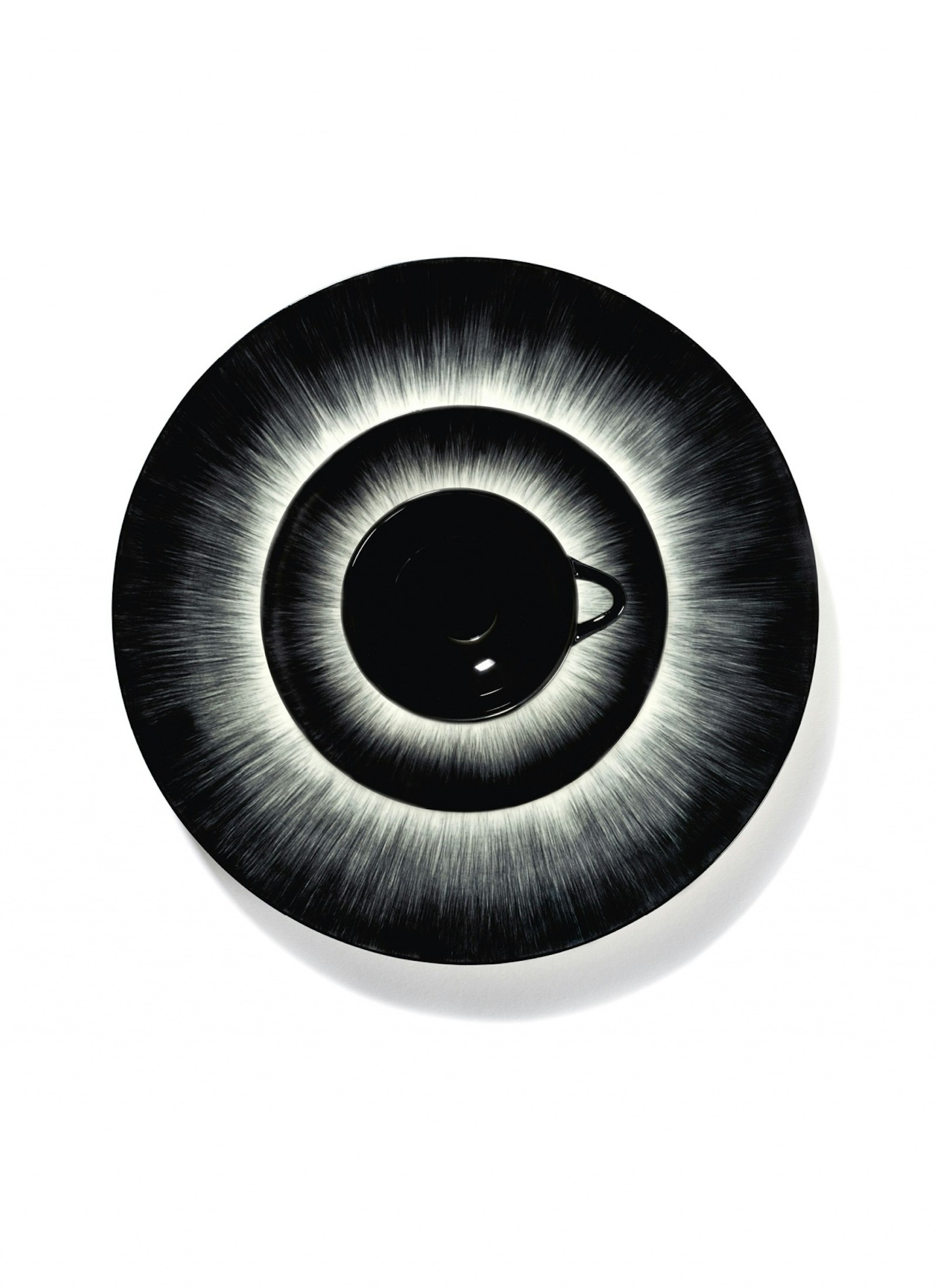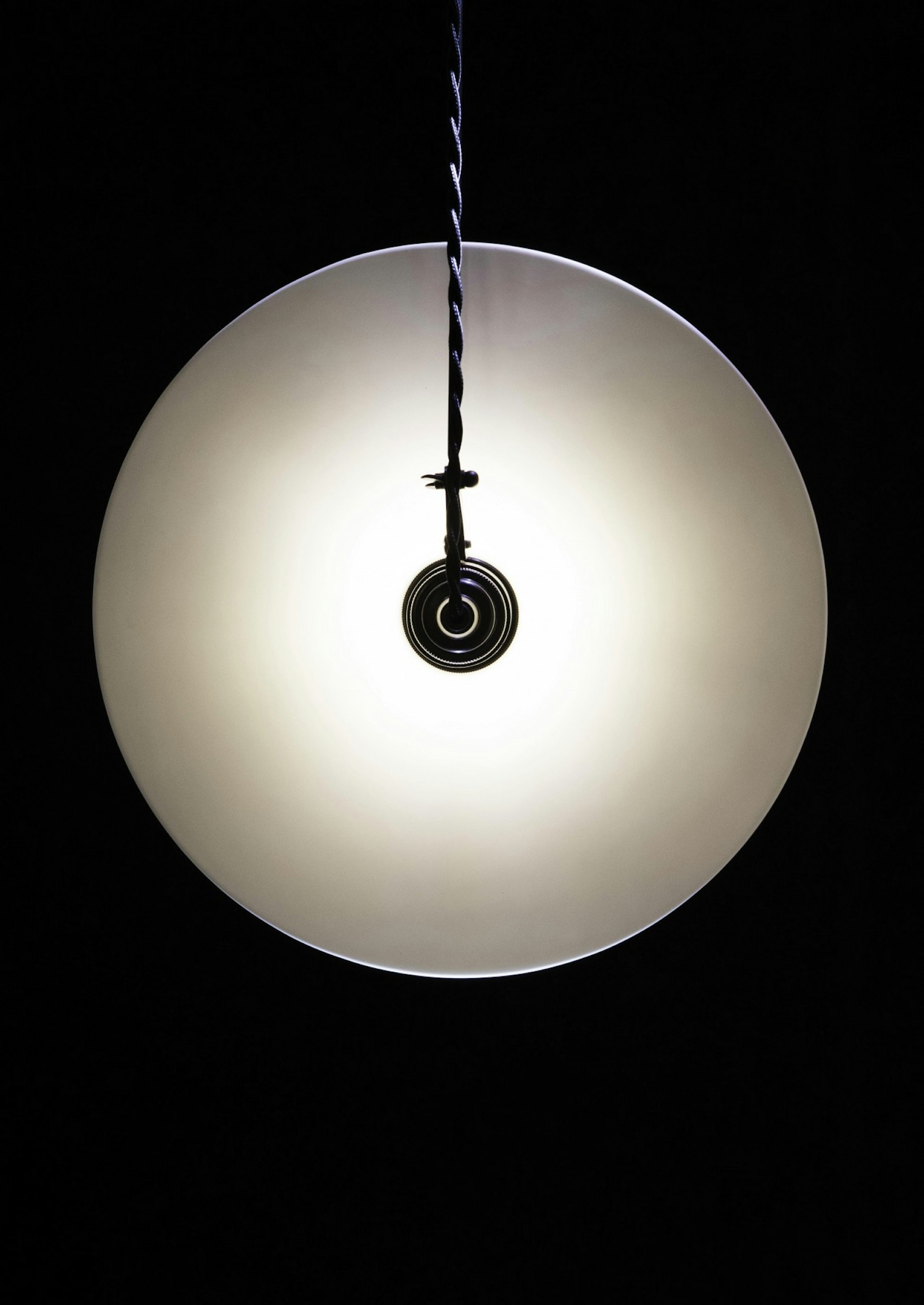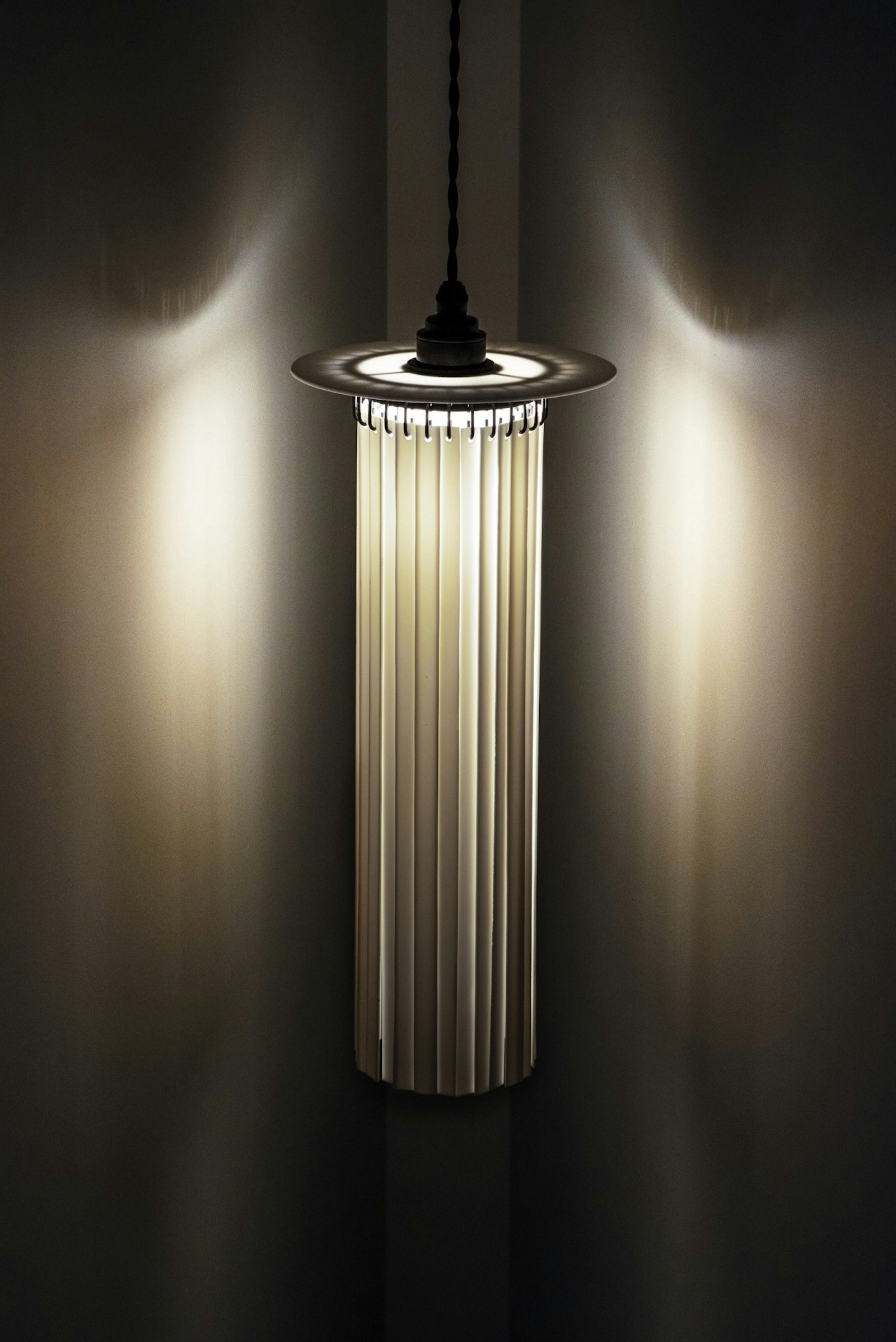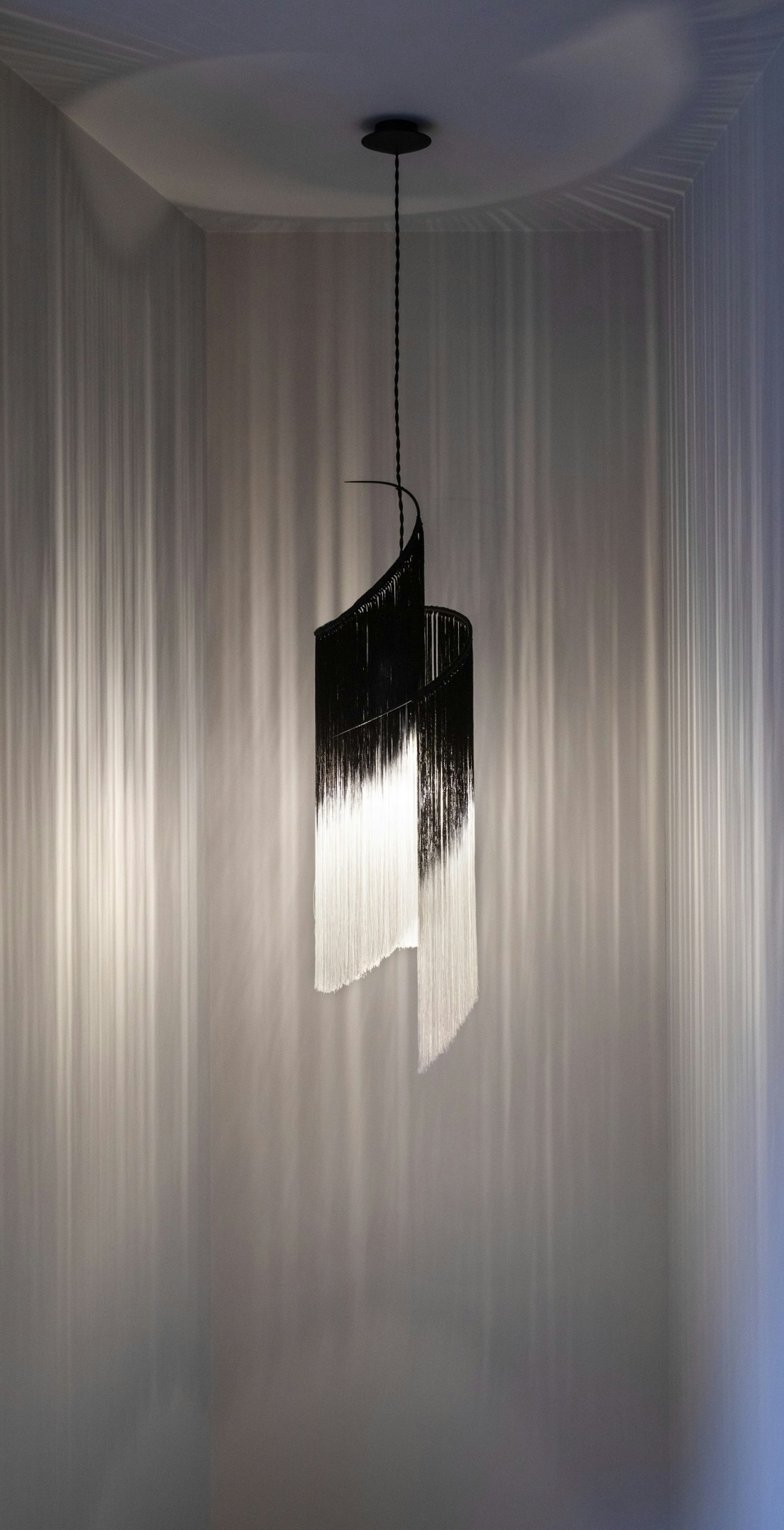de Velde
Ann Demeulemeester
Rather than by market and marketing, Ann Demeulemeester as a designer allowed herself to be guided by these kinds of questions, since she graduated from the Antwerp Academy in Fashion in 1981, and despite - or precisely because of - her aversion to trends, glitter and glamor, and other customs from the fashion world, quickly became one of its leading names.
Just as idiosyncratic, she and her partner Patrick Robyn had completely turned their lives around, when they purposefully relinquished creative control of the brand in 2013, to throw themselves -Voltaire in mind- in all modesty on the cultivation of their own garden. That obsession to start all over again as a painter with a white canvas, which has always been central to her work, recently led after six years of hard work to the first collections in disciplines in which she had entered into a confrontation with completely new materials and techniques with little more than her bare hands. “The industry's breakneck pace was stifling. I wanted to give myself the time to try out a different way of living so that I could fully experience slowness again. And at the same time I wanted to make myself vulnerable again, to reach a point where something is again extremely difficult”. To be continued.
One year after Ann Demeulemeester graduated as a fashion designer in 1981, 22 years young, she had already won the first Gouden Spoel (Golden Spool), a trophy with which the Belgian government wanted to get the local textile industry out of the doldrums. In 1985 she had founded with Patrick Robyn 32 BVBA. A first collection followed a year later and after a presentation in London -with other graduates from the Antwerp Academy- she acquired cult status overnight as one of the Antwerp Six. However, the big breakthrough came in 1991 with her first real Parisian show. That had catapulted her from nowhere to second place in the international ranking of Créateurs in the leading Journal du Textile. The press worldwide has continued to praise her in superlatives ever since: Queen Ann, Our Lady of Antwerp, or The Rock Goddess.
Makers
With Patrick, who prefers to keep in the background, she still forms a duo in all respects today. “I can't even imagine working without him, ”says Demeulemeester. From the beginning they aspired to art on the move, strolling artworks. Before she studied fashion, she had a painter’s training in Bruges. Her fascination with clothing had only grown when she started looking for ways in which it could express the character of her models. “And after that I also wanted to generate energy and feelings first and foremost as a designer.” That's why she talks about clothing and not about fashion when she has to describe her work. And she is equally allergic to the term art director, which mostly refers to someone who merely gives guidelines and delegates. She prefers to call herself a maker, who thinks with her hands: “Creating is our raison d'être. Whether it concerns clothing, furniture, vegetables, or plates to eat – there is always a tendency to design what we need around us in the house ourselves. All our work originates from this. I also like the feeling of being able to create something in silence with nothing but my hands. The loneliness that comes with it is liberating.” Hard to categorize, she had also compared her work to that of an architect, rather than a decorator. With that of a novelist too. And that - in stark contrast to the glamor and glitter which determined the fashion image - she preferably worked in black and white had to do with the fact that she "did not want to divert attention from the sculptural" in her oeuvre
Feather
She had already experienced the power of clothing, and how it can also connect two souls, across all borders, when she first met Patrick and was irresistibly attracted to the feather on his jacket. That feather has since continued to play a leading role in her work. And then there was that one moment in 1975 when she first saw the album Horses in the window of her local record store.and immediately felt a connection with the singer as portrayed on the cover by her boyfriend, the legendary photographer Robert Mapplethorpe. She looked straight into the camera, and wore an outfit that would later largely determine the look of Ann’s collections: a white shirt, a black ribbon around the neck, and a black jacket slung carelessly over the shoulder. That one moment had changed the life of the teenager from Waregem forever. She had to and would get in touch with this woman one day, a promise that she also kept when, in a moment of deep loneliness, Smith received a box in Michigan-Detroit, containing three immaculate white shirts. It was the beginning of a lifelong friendship.
Rimbaud
- Patti Smith - who once told elsewhere that she had chosen the producer of Horses, John Cale, very tellingly after a similar epiphany, upon seeing the cover of his album Fear (“I said, 'Now there's a set of cheekbones’”) - also cites the story about the way in which Demeulemeester had discovered her in "The girl from Flanders”, her introduction to the monumental book Demeulemeester published shortly after she handed the artistic control of her fashion house to Sébastien Meunier in 2013. Apart from that one text, the book only consists of 1010 photos, which provide an overview of more than thirty years of design work. Not divided into seasons, they make it clear again how, in the hustle-bustle of fashion, in which designers are forced to a new theme with each new season, and a style disappears as quickly as it came, Demeulemeester radically opted for a different path, in which a steady development of an entirely own language was paramount. Regardless of trends, this language consisted of constantly changing combinations from a very own alphabet of elements, each of which could also be understood as a statement, metaphor, and totem, from that simple feather, over the black and white color palette, to biker boots and an asymmetrical cut, to deliberately imperfect garments that also had to reflect the imperfection of the human condition. The wearer was literally given a second skin by the countless references, again and again described as ‘dark, romantic’, “impossibly elegant’, ‘punk’, or ‘gothic’, and with which he or she could enroll in a long line of enlightened, visionary spirits, and accursed rebellious poets that opposed the lie of rationalist progress thinking throughout history -from William Blake, over Arthur Rimbaud, Smith’s favorite poet, to Smith herself, or Nick Cave and PJ Harvey, other artists with whom Demeulemeester had collaborated
Canvas
“I go back to zero with every piece of clothing, ”Demeulemeester used to say. And: “If I use red, I must feel that I am inventing red”. The white canvas also continued to return, as material for her invitations, catwalks and Flagship Store, or covering the tables which they developed when the Belgian office furniture manufacturer Bulo gave them Carte Blanche. As early as the mid-1990s, Demeulemeester told us she would not take up the many offers from the fashion world because she wanted to keep "the future as open as possible - a white canvas ", having "an escape route" at all times. In the end, it would take almost two decades before she got to work on that, and exchanged Antwerp for the more rural Kessel, to fully devote herself to the creation of her own flower park and a vegetable garden. It had instilled in her respect for the ruthlessness and unpredictability of nature. (“A storm can blow, and suddenly something you loved is dead. You have to learn to start all over again, but at a rhythm that only leads to results after years. That slowness - it's pretty much the opposite of fashion.”)
Chiaroscuro
While she was only recently in contact again with the fashion house that was taken over by Claudio Antonioli last summer, the obsessive digging in the soil had one day also led her to buy a bag of china clay. With her own sense of perfection, she had traveled halfway through Europe in the years that followed, to master the tricks of the ceramicist's craft. But above all she had locked herself in all solitude and dressed in a white lab coat in the basement, next to the enormous German oven that Patrick had bought for her. Although it was not initially intended, this recently led to a few first collections of tableware by the Belgian manufacturer Serax, one pictorial and another sculptural. In addition to ceramics, they also include glasses and cutlery, while Patrick designed a collection of lamps. As with their fashion collections, they are the result of a seamless synergy between industry and handicraft, where Chinese craftsmen, for example, after endless trying, finally succeeded in painting a chiaroscuro play of light and shadow on the plates by hand, as she had shown on video. The round plates are of course a perfect illustration of the ring shape that has always mastered Demeulemeester's work, as Mandala or metaphor of Nietzsche's Eternal Return. And the subtle pulsating motif of the chiaroscuro brings to mind the feather that also adorns the cover of the catalog. The way in which Demeulemeester immediately succeeded in inspiring the material with her poetics in these first collections is nothing short of astonishing. But even more catching is the almost childlike enthusiasm with which the world-famous duo talks about these collections, and those that are still in the pipeline. As if they were young, beginning designers who still had a lot to prove

